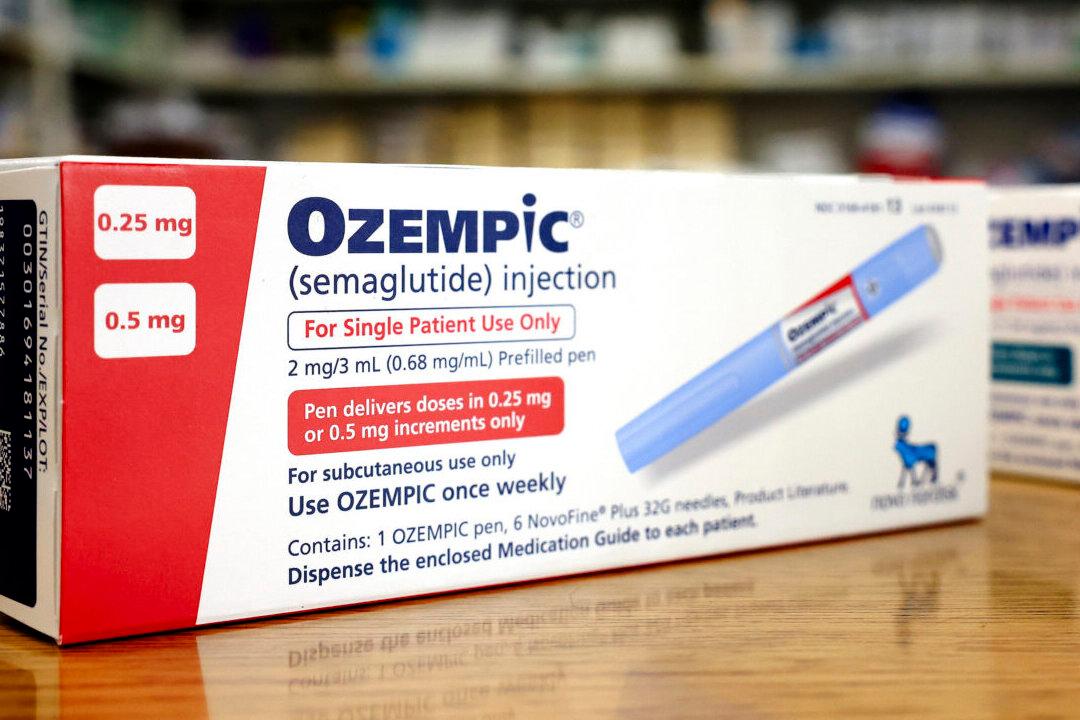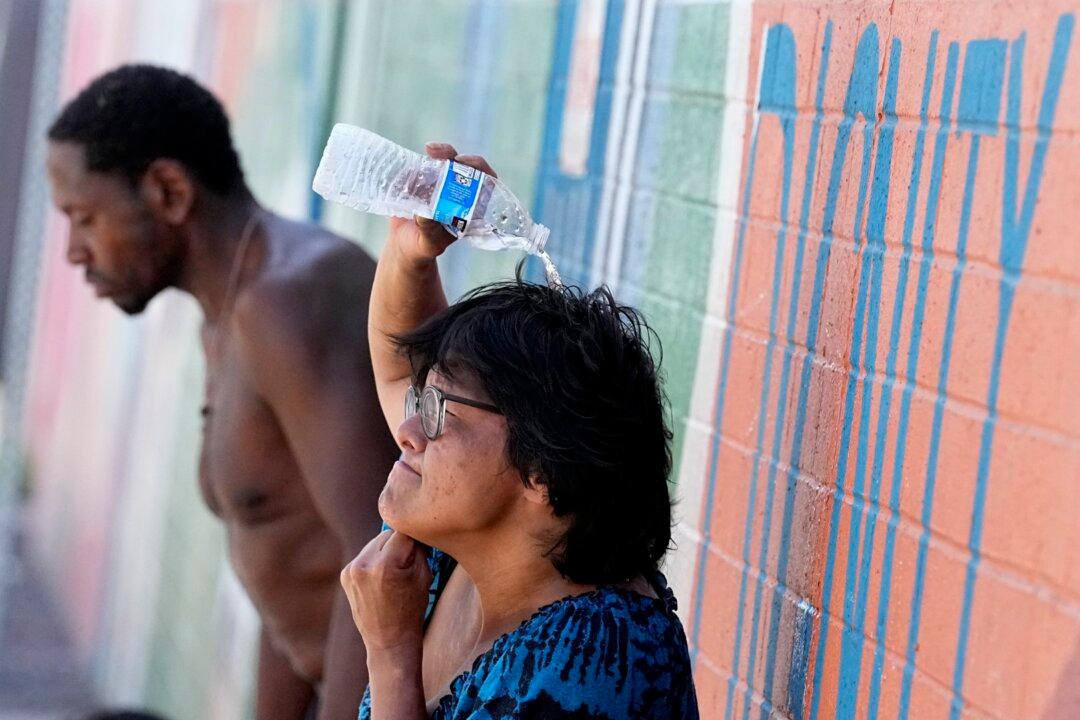Florida’s fentanyl crisis is a “revolving door of overdose,” a top health official says.
Fentanyl is a powerful synthetic opioid up to 100 times more potent than morphine. As little as two milligrams, equivalent to five grains of salt, can be fatal.

In the 1990s, OxyContin was responsible for the first wave of opioid-related overdoses in the United States. Because fentanyl is so much more powerful than other opioids, it is far easier to overdose on this substance. There’s also the “dangerous misconception” that the other opioids are somehow safer as those are now “adulterated with fentanyl.”
“Since 2015 fentanyl-related overdoses have increased by almost 800 percent,” Scheppke told The Epoch Times, adding that there were over 8,000 overdose deaths in Florida in 2021, 70 percent of which were opioid-related with about 30 percent of those being from fentanyl.
“It’s an enormous problem,” Scheppke said.
Opioid Versus Car Crash Fatalities
It was in the 1960s that the United States saw an escalating number of car crash fatalities. In the 1980s and 1990s, the growing number of injury-related health costs reiterated the need for coordinated national attention on trauma. In response, the 911 Emergency Medical Services (EMS) trauma system was created.“In the last few years, opioid overdose deaths have surpassed car crash trauma deaths,” Scheppke said. “So we’re at the same transition point where we have to get serious about developing a system of care for opioid overdoses.”

With more than 25 years of department experience, Scheppke has seen thousands of opioid overdose cases, and the response that ensues is always the same.
If the person survives, they’re given a list of resource phone numbers and released, only to overdose again.
“I call it the revolving door of overdose,” Scheppke said.
A Disease?
“There is so much misunderstanding about this disease,” Scheppke asserted. “But it absolutely is a disease.”“Can you think of any other life-threatening disease where you expect the patient to take nothing?” Scheppke asked rhetorically. “There is none. So why do we treat this disease differently?”
And addiction isn’t always a random choice. Many patients become addicted to a substance prescribed as part of routine medical care for pain management.
“But once the decision is made you can’t undecide to have the disease of addiction,” Scheppke said. “It’s something that has been misunderstood in the house of medicine for a long time.”
‘Copy That Trauma Model of Care’
The EMS trauma model drastically reduced the number of fatalities in car crashes. Scheppke believes we must “copy that trauma model of care.”When you treat opioid addiction as a medical disease, “you get good, long-term outcomes,” Scheppke said. Add the assistance of subspecialists in social services, psychology, and peer navigation, and you will have “people returning to become normal members of society.”
As Scheppke explained, the treatment of opioid addiction requires three steps; prevention, enforcement, and care.
Care
According to Scheppke, care for the disease of opioid addiction comes from a new program called Coordinated Opioid Recovery.“We started in Palm Beach County and are in the process of rolling out to 12 more counties based on infrastructure and overdose rates,” Scheppke said. Because of this new program, people with a substance abuse disorder don’t have to overdose before they get help.
“Opioid addiction is a complex, multi-faceted disease that has multiple comorbidities,” Scheppke said, noting that 80 percent of those who suffer from the disease of substance addiction have mental health problems. Half are homeless and two-thirds of those using injectable drugs may have Hepatitis C or other comorbidities that need to be managed.
Through CORE, all of those comorbidities will be managed and stabilized. Afterward, they are not just handed a list of numbers and sent on their way.
“They are given a warm hand-off with peer navigators to help guide them through the system, which includes a board-certified addiction medicine specialist, psychiatrists, primary care medicine to deal with the infections, social services to help with housing and food insecurity, and job training. It’s long-term, sustainable recovery,” Scheppke said.





